Rosemary
Rosemary is native to the Mediterranean region, growing on fragrant herb bushes with blue, purple, white or pink flowers. This herb is popular in the culinary community, often used to season chicken, stews, pasta, vegetarian dishes and quiches.
Rosemary was considered as sacred by ancient Egyptians, Greeks and Romans and it’s not surprising when you see the health benefits. Not only is it high in vitamins including A, B6, C and folate, it’s also packed with antioxidants.
Rosemary can help to alleviate digestive problems, assist with hair growth, it can reduce joint inflammation and liver damage, plus it acts as a cognitive stimulant to help you remain focused! Try adding a little rosemary to melted goat’s cheese on crusty bread with a drizzle of honey or to a delicious lentil shepherd’s pie!
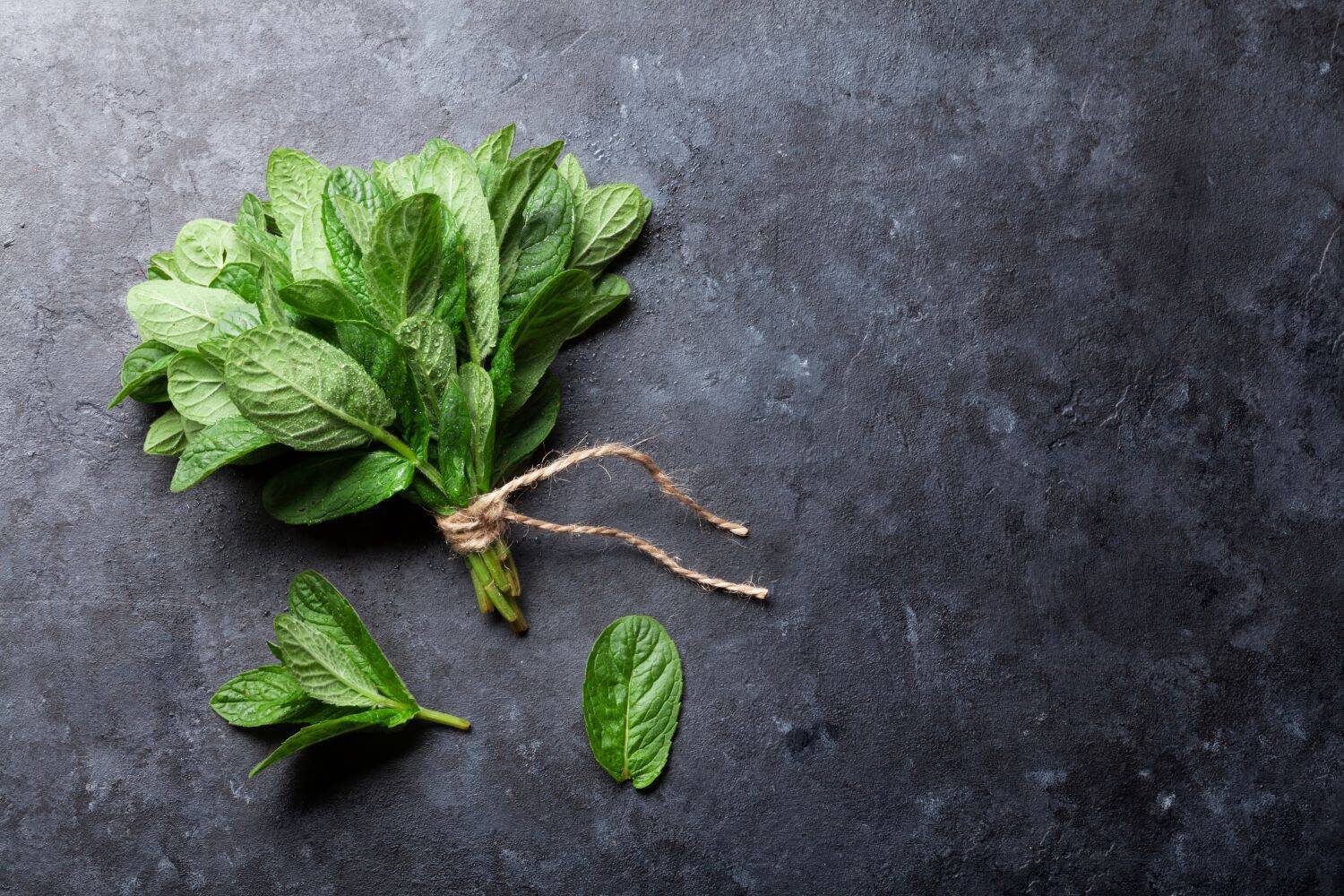

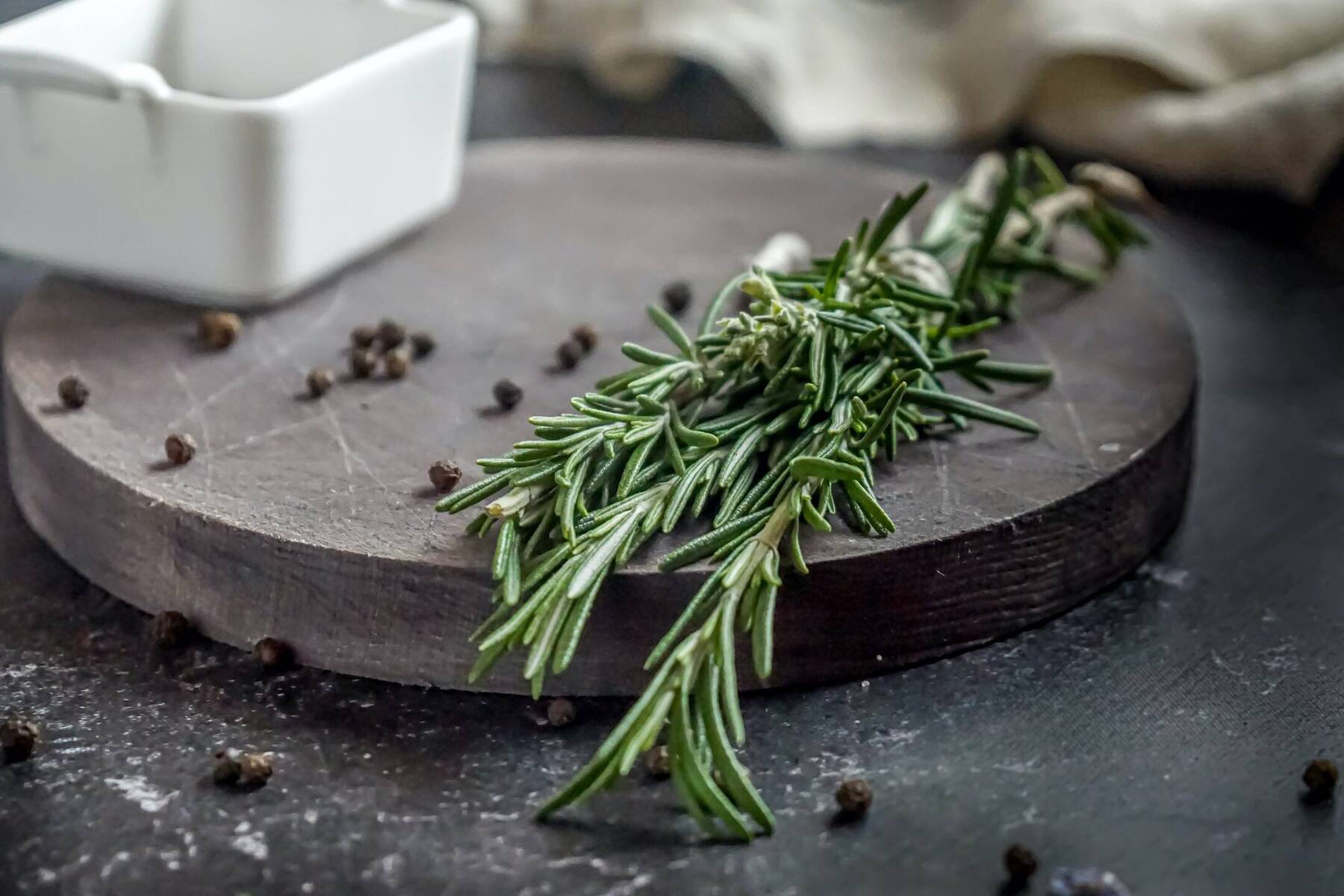
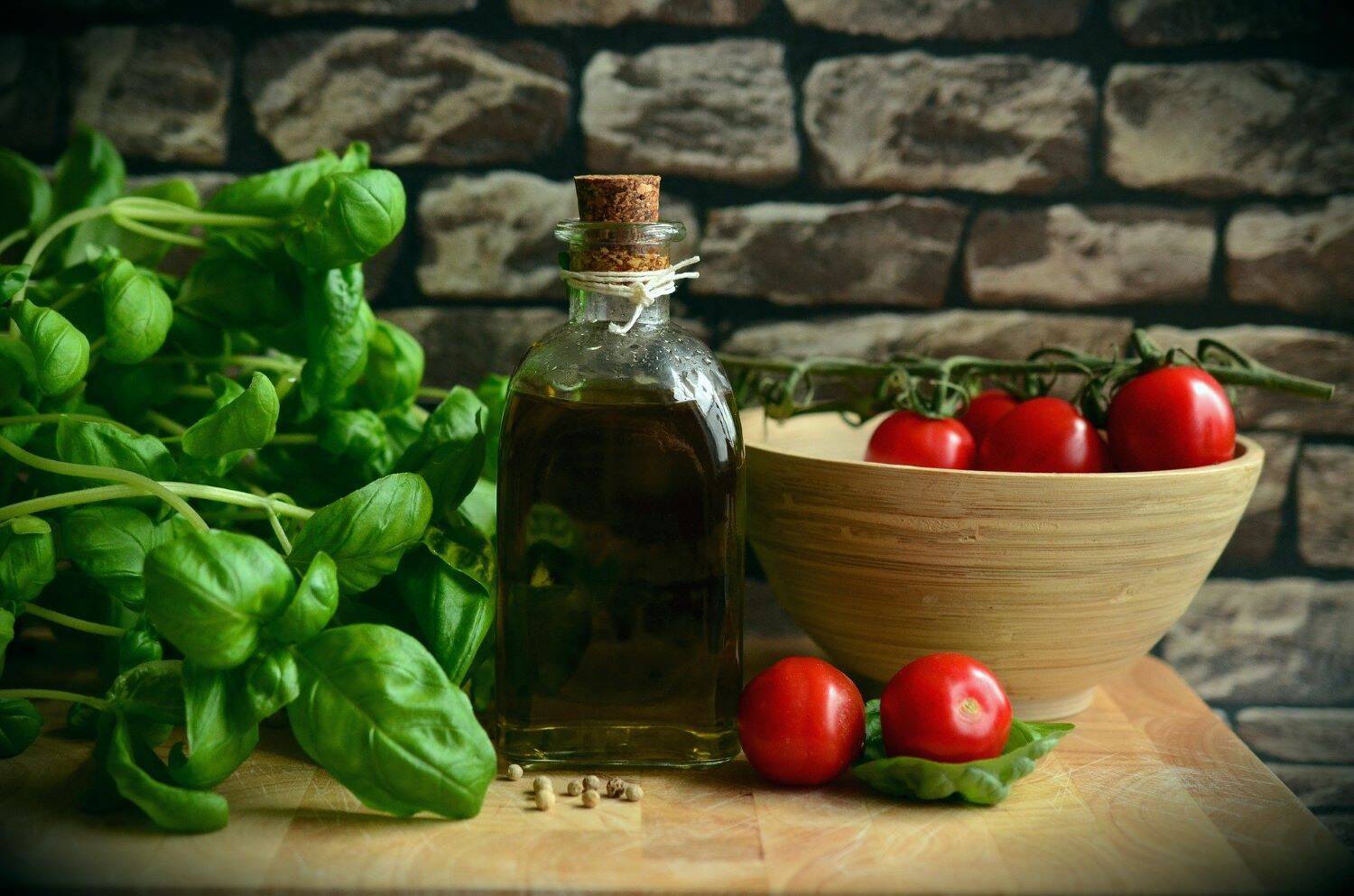


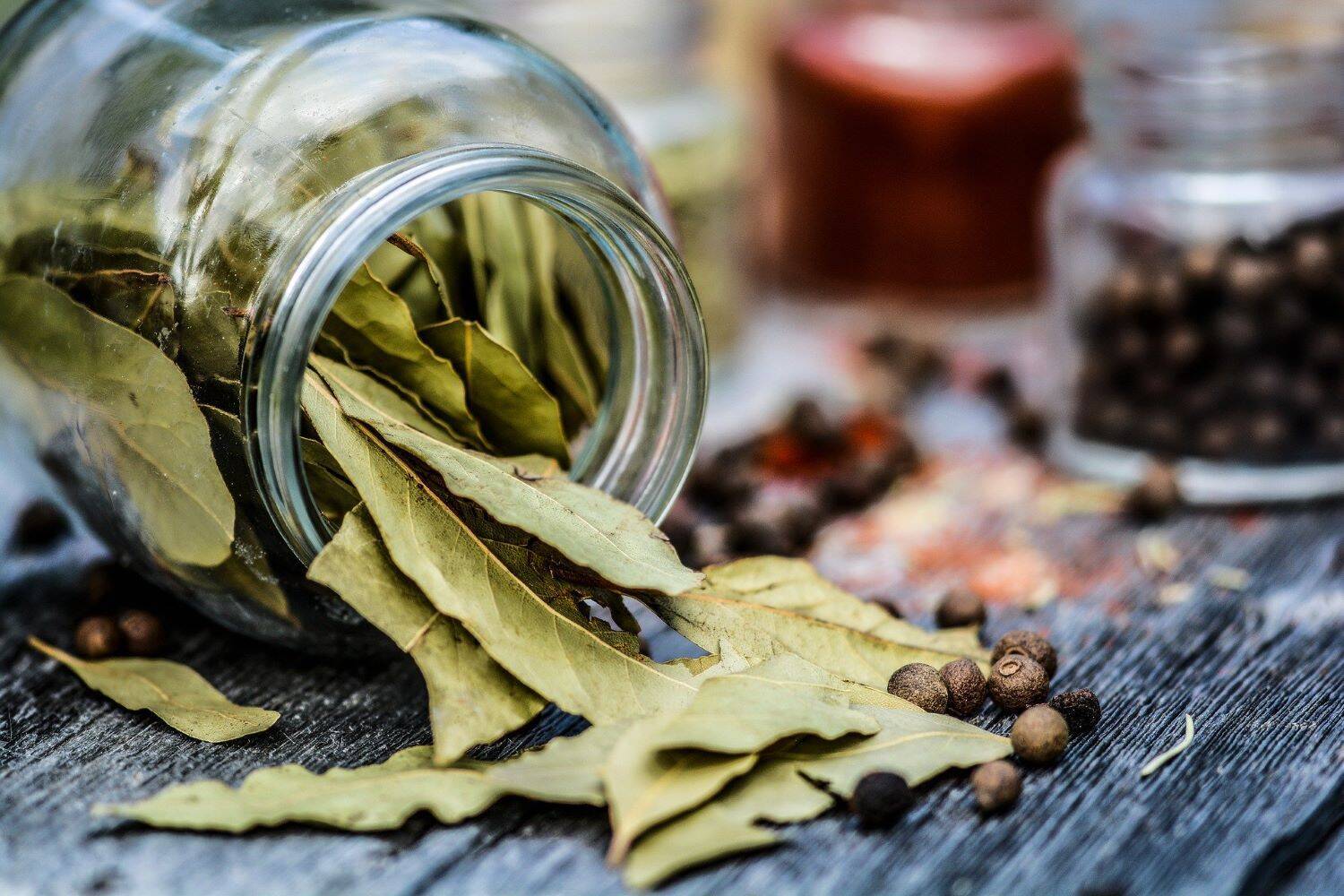
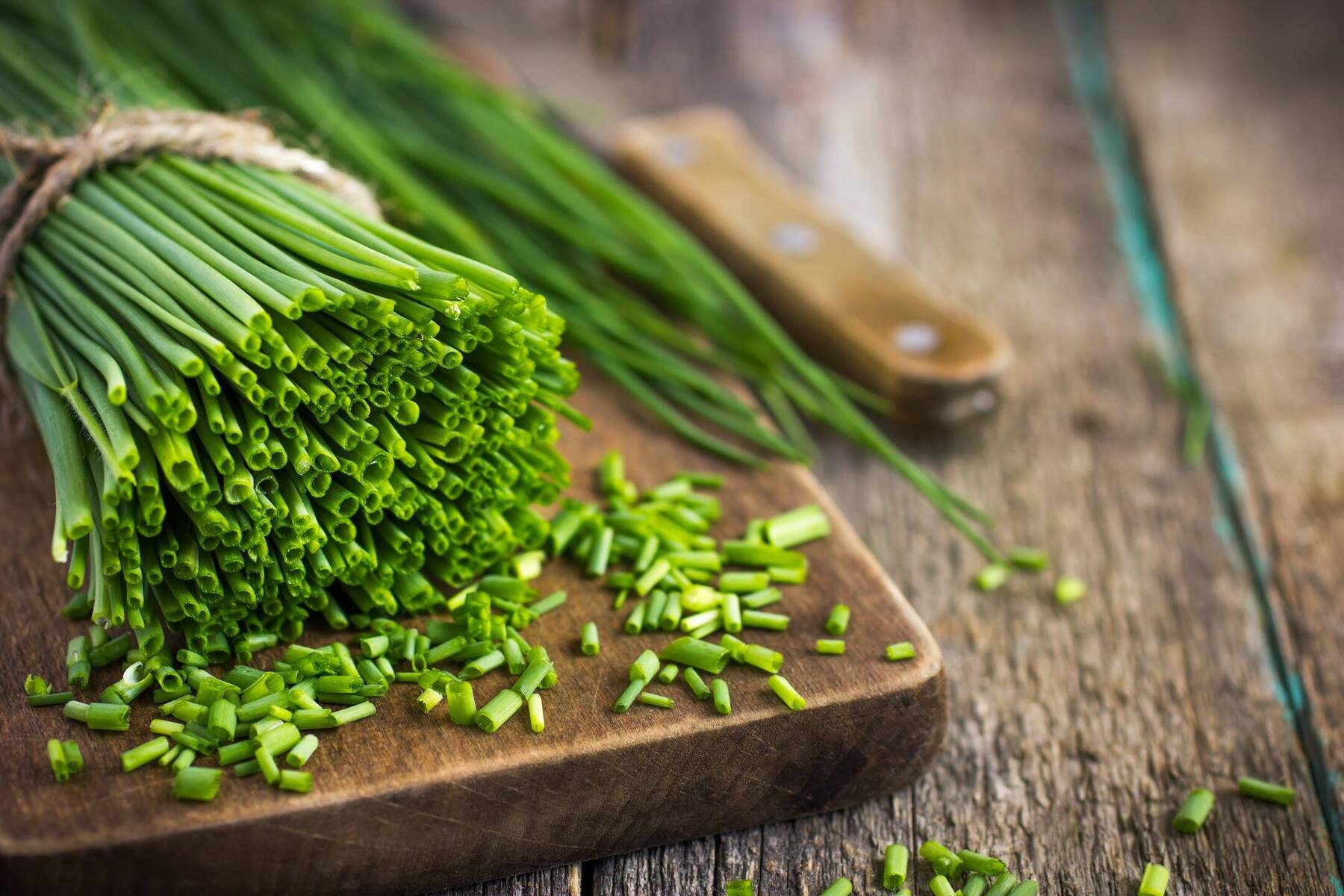
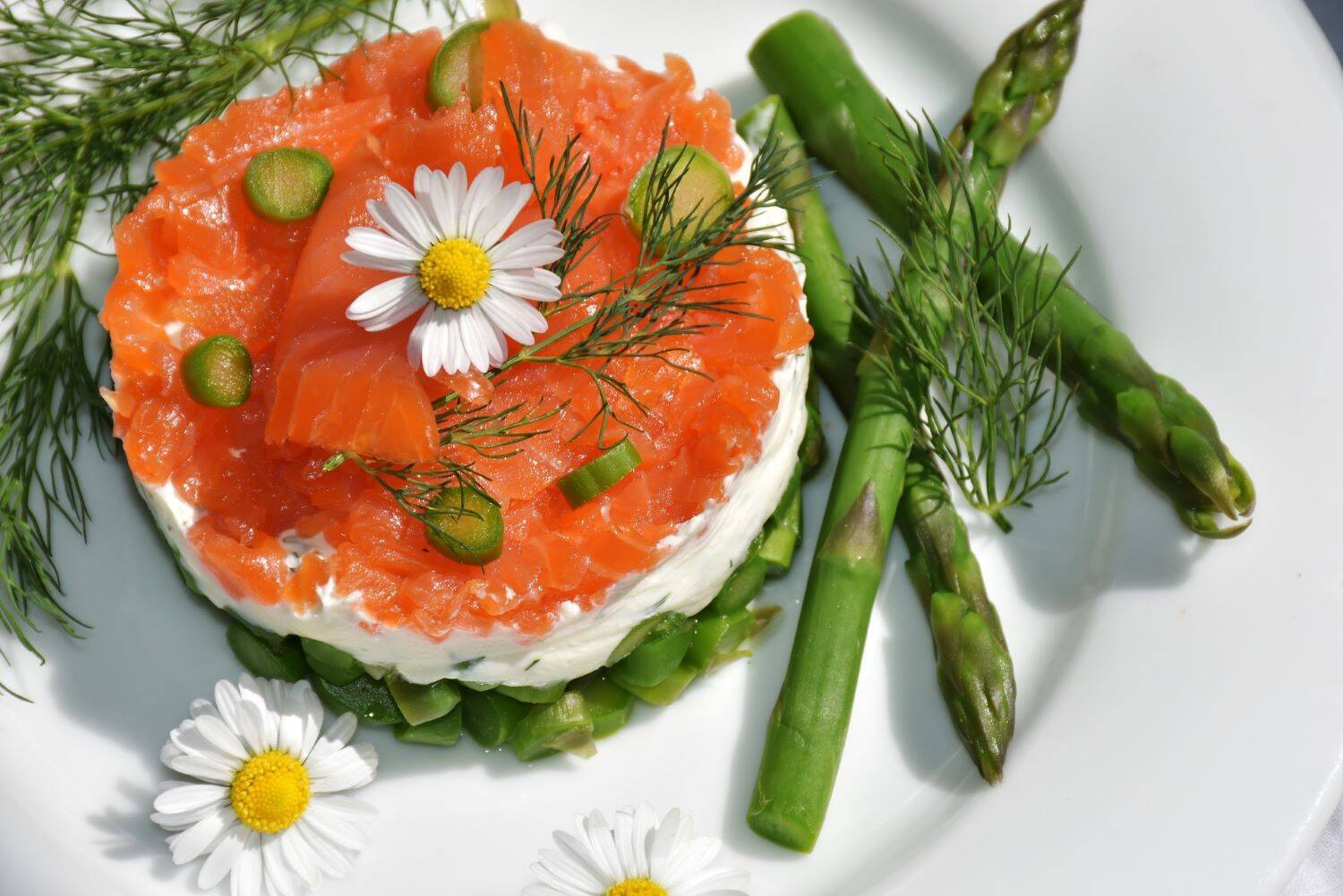

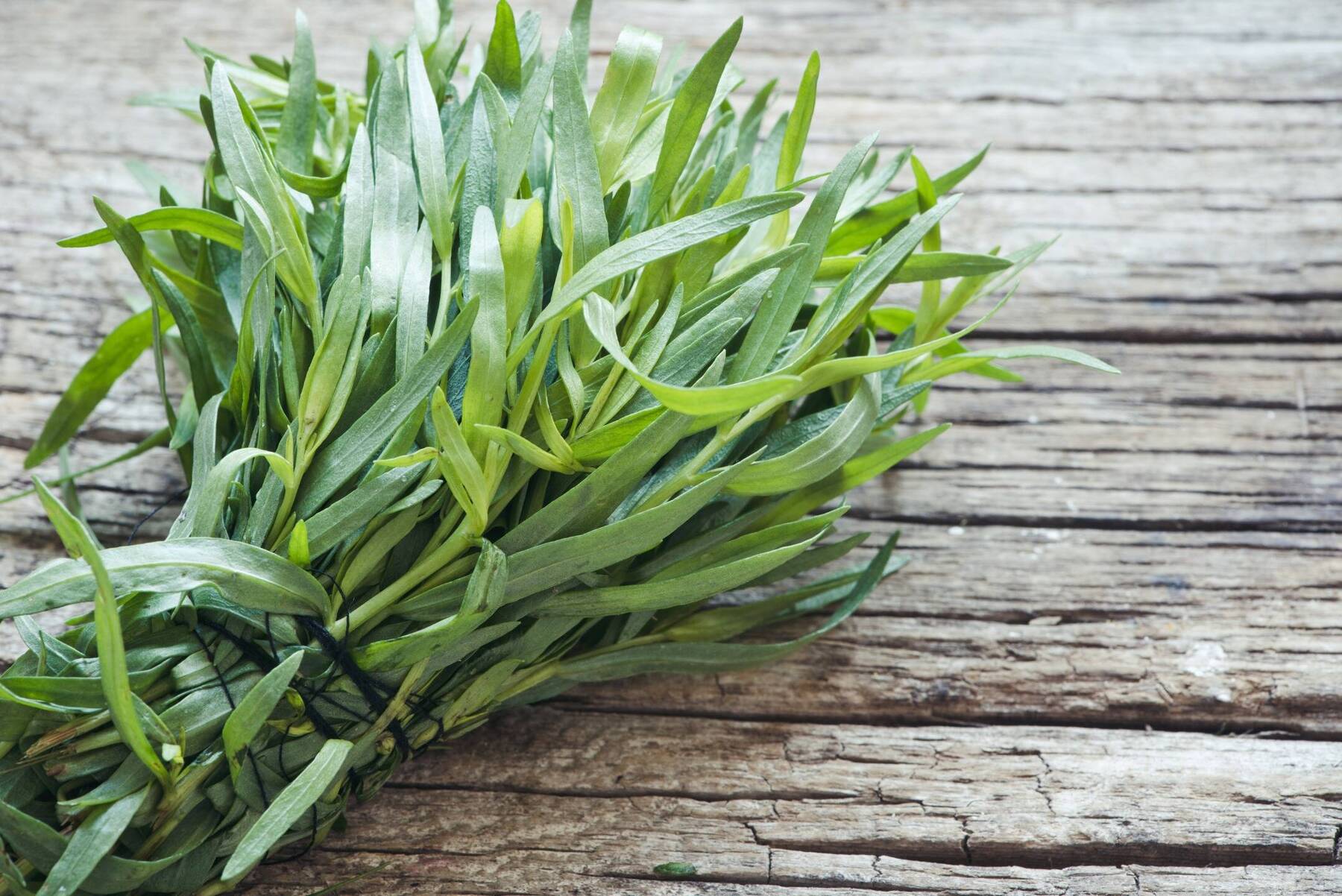


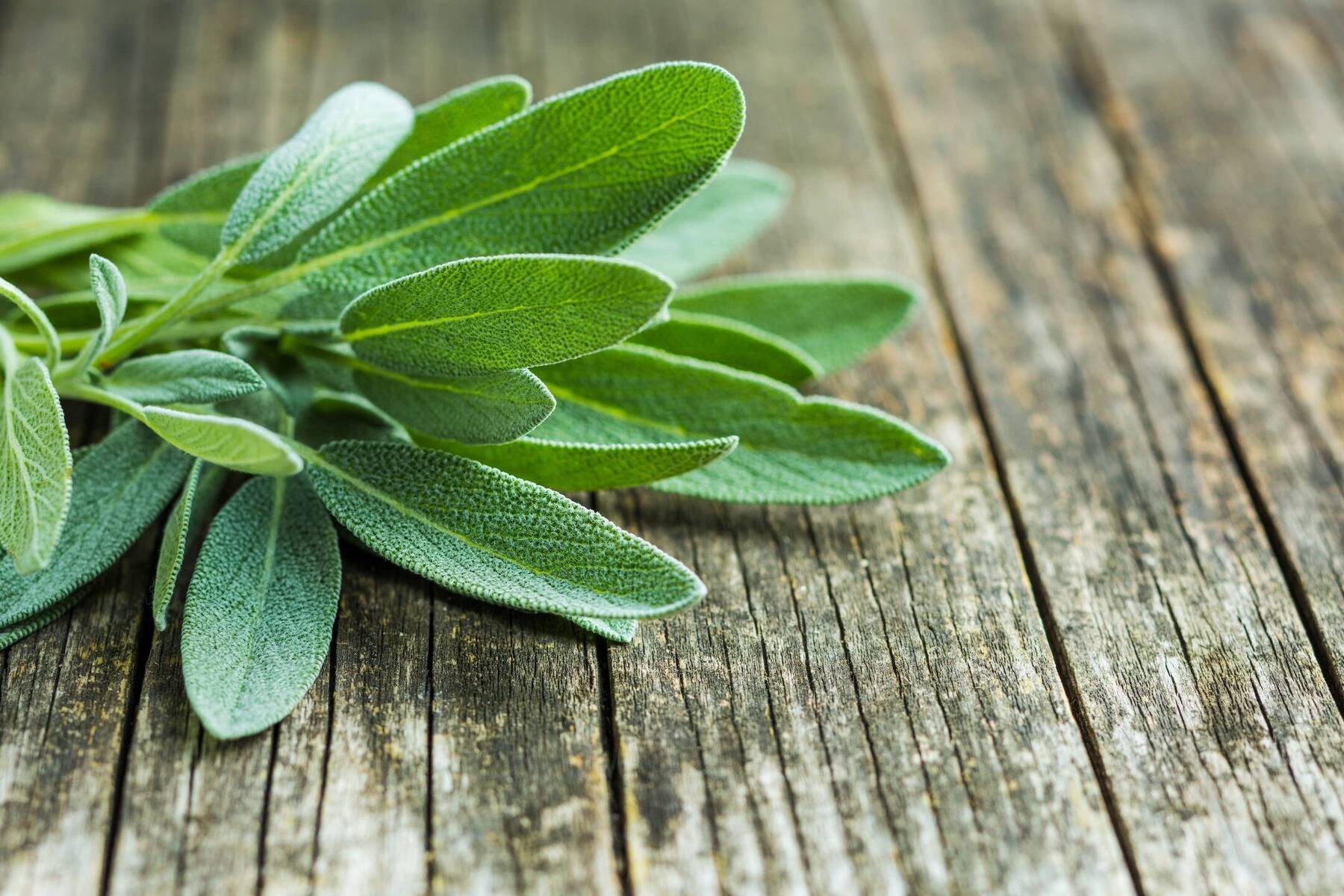

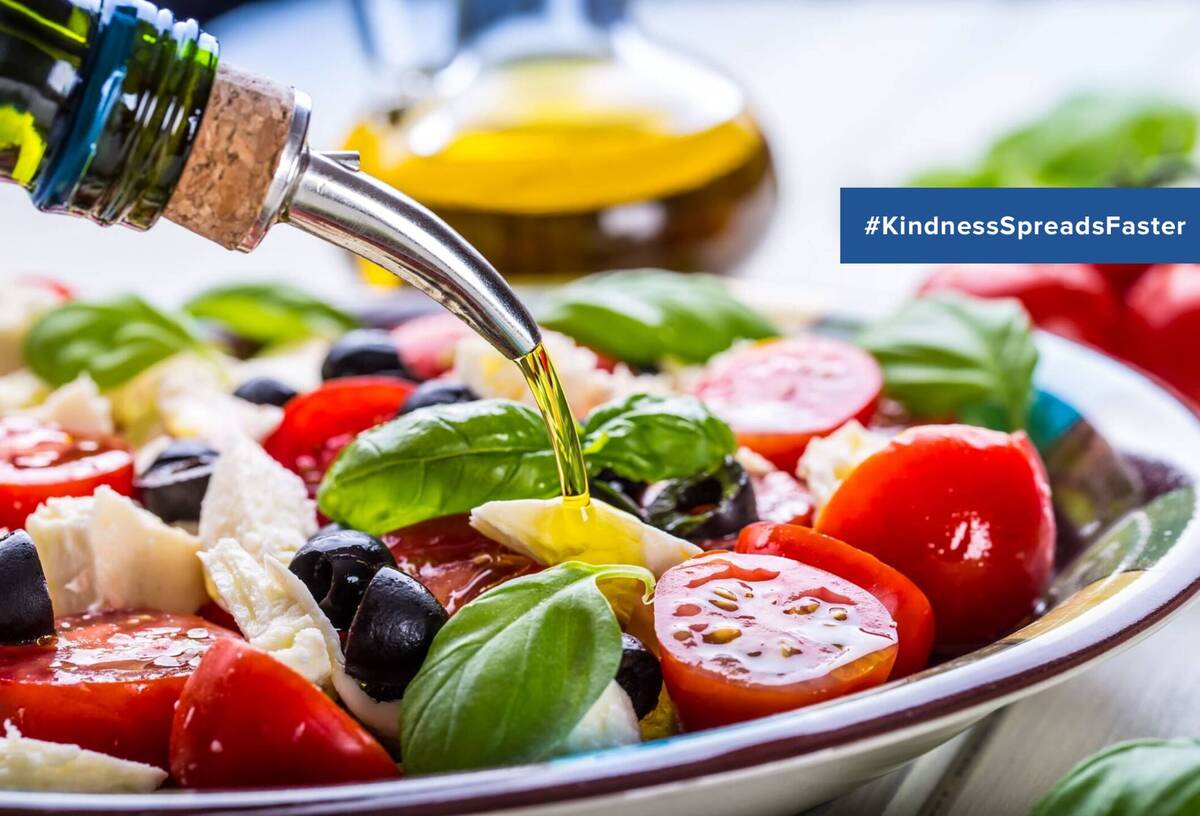














Comments